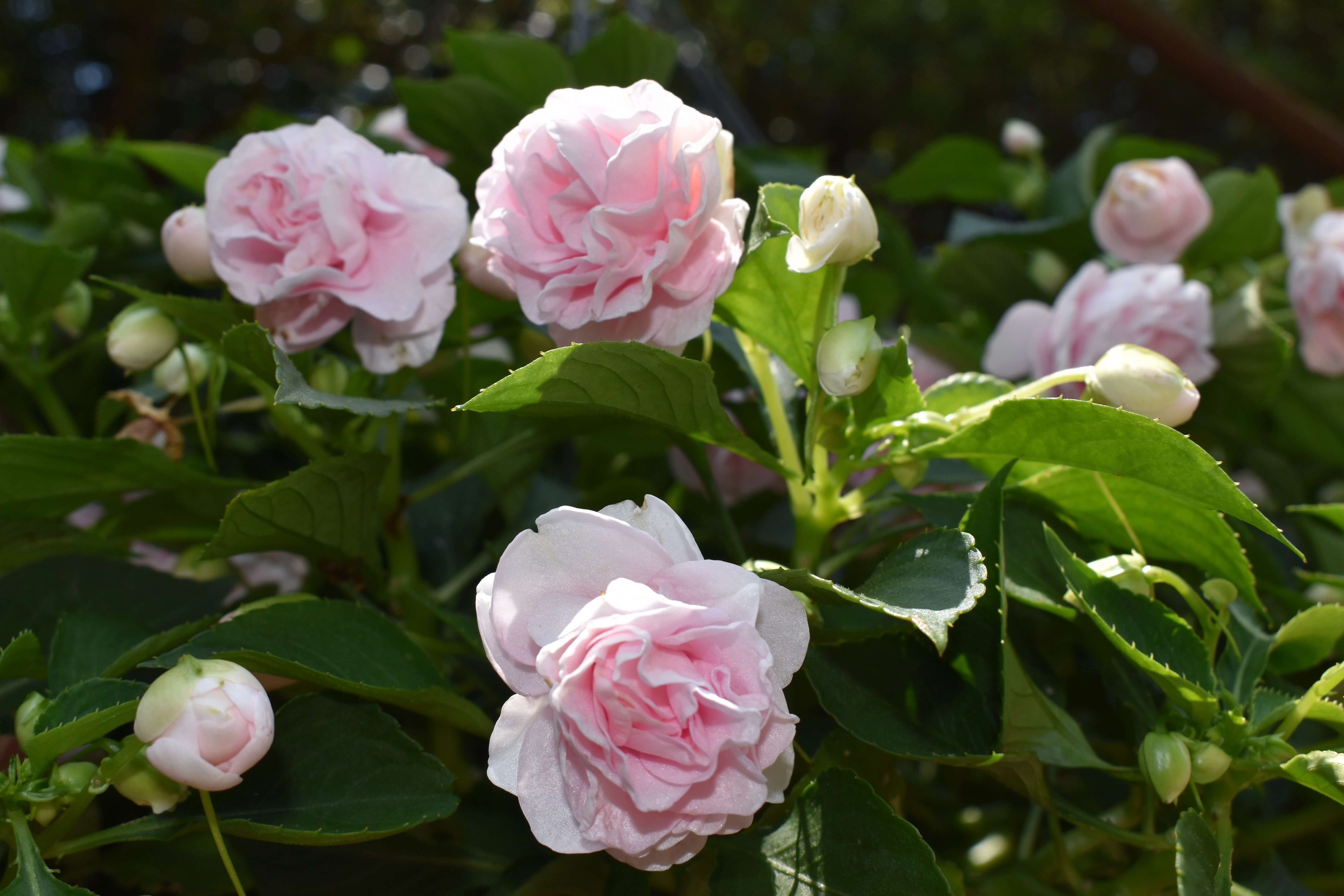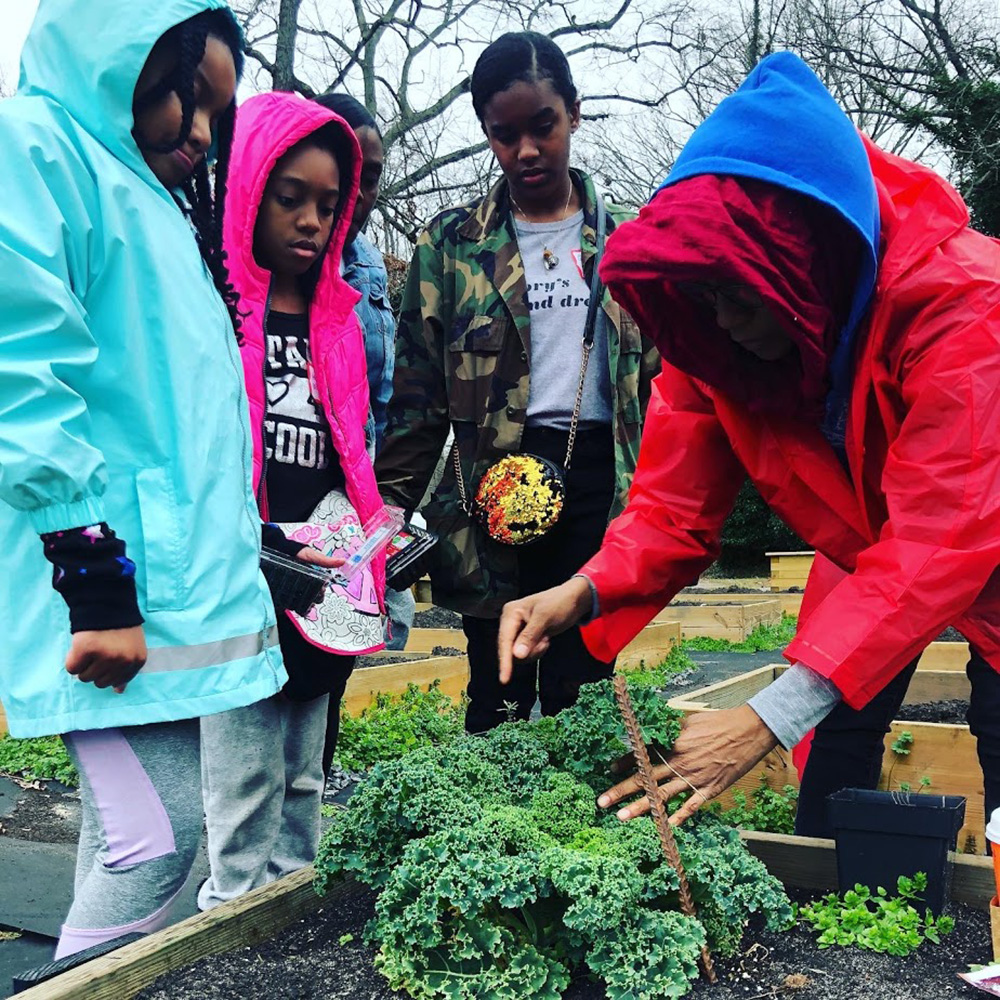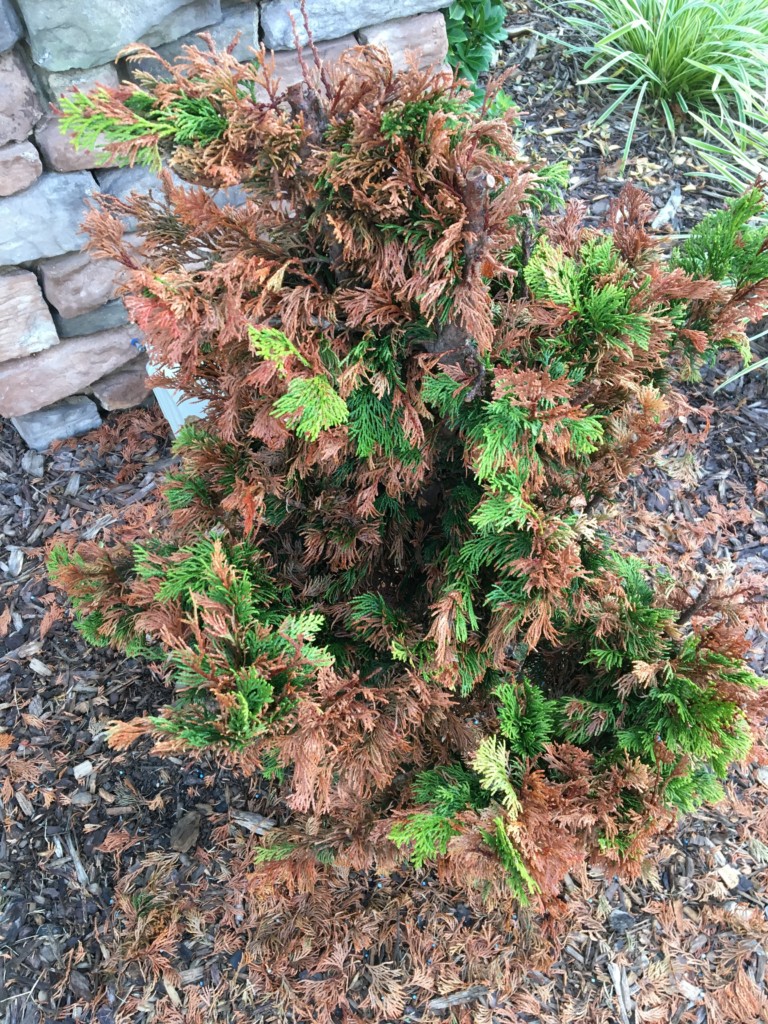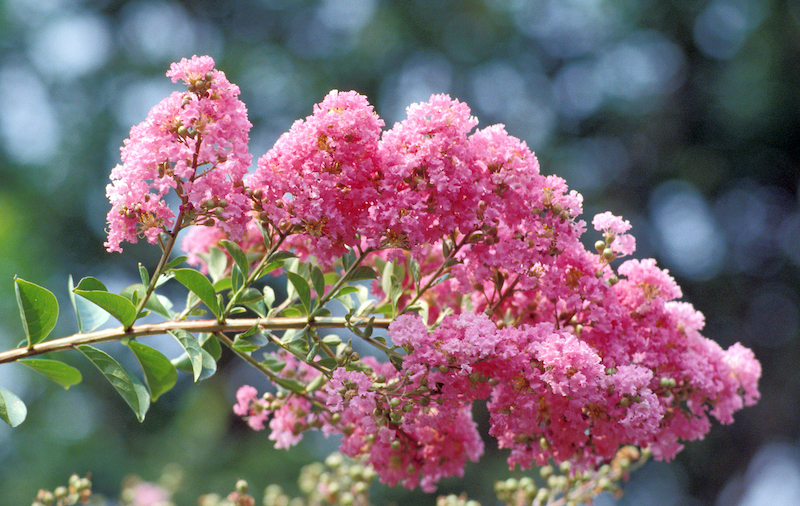Now is the time for home gardeners to start preparing fall gardens of cool-season vegetables.
If you planted a summer vegetable garden, use your lawn mower to chop up these plants. Incorporate these plants, along with a balanced fertilizer such as 10-10-10, into your fall garden plot with a tiller.
Fall gardens in Georgia can be very challenging to get cool-season vegetables through the end of summer. It’s a delicate balance in starting them early enough to allow cool-season vegetables to mature (50 to 60 days) before a hard frost and getting them through the end of a hot, dry summer.
Ideally, start seeds in August for broccoli, cabbage, cauliflower, collards, kale, turnips, radishes, spinach, lettuce, beets and onions. Use a store-bought potting mix to start seeds in containers, flats or trays. Place the seeds in a partially shaded spot, keep them watered and you will have seedlings ready to transplant in September.
Most vegetables can be purchased as seedlings from garden centers ready to transplant if you don’t want to start from seeds. Onion sets can be transplanted later in October.
Keeping young seedlings watered is critical to getting them established. Also keep a sharp eye out for pest problems such as insects, diseases and weeds. These pests will continue to flourish in the warm temperatures and high humidity. A layer of newspaper and mulch between rows can avoid a lot of weed problems and help conserve soil moisture.
Contact your local University of Georgia Cooperative Extension office at 1-800-ASK-UGA1 for more information on growing fall vegetable gardens.

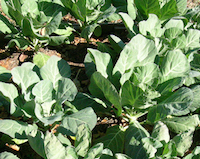
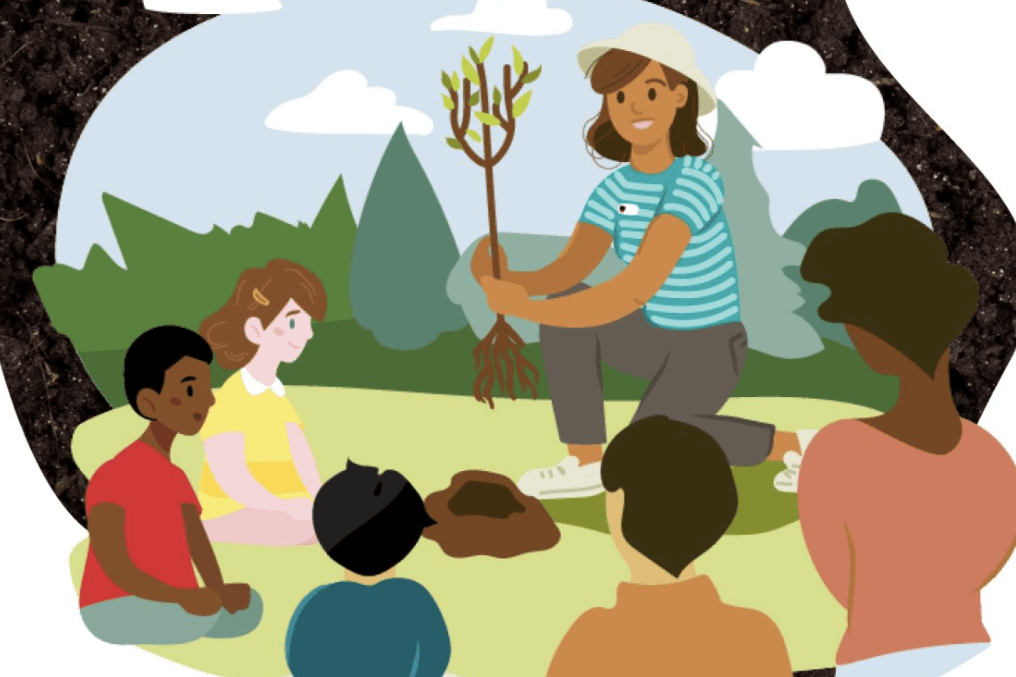
.jpg)
